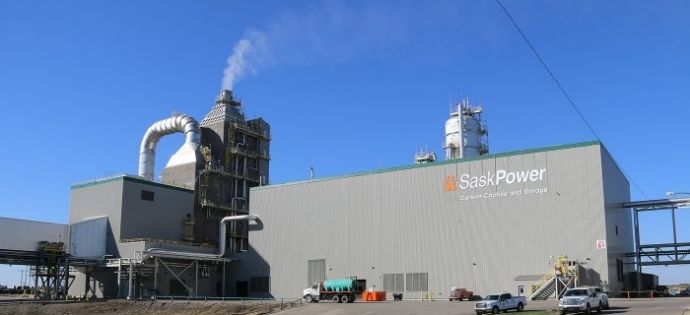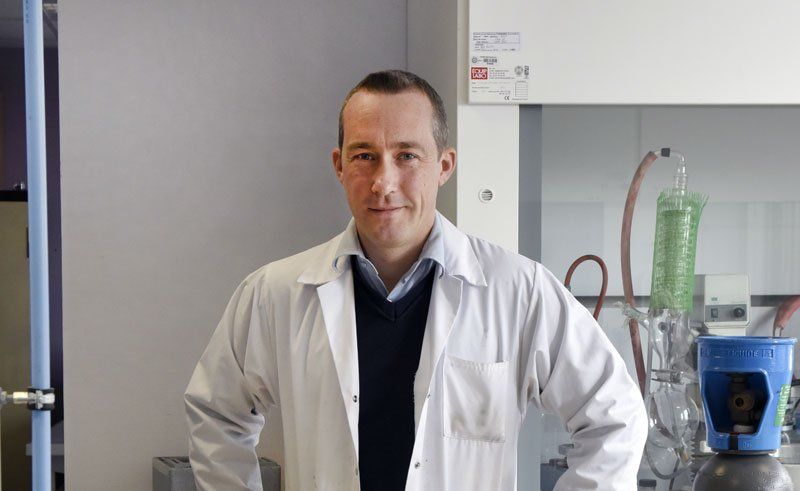For decades, scientists have tried to find a use for atmospheric carbon dioxide. Now researchers have discovered that it can be used to extract useful metals from discarded batteries.
It is a breakthrough that will help solve two major problems; reducing greenhouse gas emissions from industry and increasing recycling waste of raw materials.
Publishing the study in the journal Nature Chemistry, the researchers state how they have developed, “… spontaneous CO2 fixation by industrial polyamines as a strategy to generate dynamic libraries of ligands for metal separation and recovery.”
Previous studies have provided possible routes for using carbon dioxide as a feedstock to make other chemicals. For example, chemists from the University of Delaware, recently, “… used an electrochemical flow reactor that [was fed] … both carbon monoxide and ammonia, a compound that contains nitrogen. [Finding a] process which allowed the team to synthesize chemicals that had never before been made in this way, including amides, which can be used in pharmaceutical synthesis.”
However, most discoveries of this nature have been too energy intensive to be financially viable for industrial production. As such, despite a wealth of research on using CO2 as a feedstock, energy costs have prevented large-scale adoption of such technologies.
One simple way of handling the 4% of greenhouse gases emitted by the chemical industry into the atmosphere has been through carbon capture and storage (CCS), which holds carbon dioxide underground, such as in abandoned coal mines, until future technology finds a way to prevent the gas creating climate change.

However, this process is both a short-term solution and an expense without any return.
Instead, what is required is an economically viable process for utilizing carbon dioxide to gain valuable raw materials.
This may now finally have been achieved, as a study conducted at the University of Lyon, France, have devised a process for extracting useful metals from recycled technology, such as smartphone batteries.
Not only would this help solve the problem of metals leeching into ground water from landfill sites, but it could provide a practical source of raw materials.
This is important, as there are a number of concerns over dwindling supplies of rare earth elements, such as gallium and hafnium, as well as price fluctuations and long supply chains for basic substances such as copper and cobalt.
To learn more about this topic read: A Case Study Examining the Supply Chain of Two Key Rare Earth Elements or A Case Study on Indium.
By using CO2 as a substance to recycle raw materials, the new process could help the chemical industry be more sustainable as well as being a profitable business. As Julien Leclaire, the study’s lead author notes, “By simultaneously extracting metals by injecting CO2, you add value to a process that is known to be cost-intensive.”

The process was outlined in a report by the journal New Scientist, which explains how the researchers, “… collected CO2 from a car exhaust, cooled it, then pumped it into a mix of chemicals called polyamines. The CO2 combined with the polyamines to make many molecules of differing shapes and sizes.”
Following this, “The team found that this process could sort out mixtures of metals, because one metal would dissolve in the liquid while another would form a solid. In a series of experiments, they successfully separated lanthanum, cobalt and nickel – all of which are used in batteries, smartphones, computers and magnets.”
The process of extracting raw materials from old electronics currently employs highly reactive chemicals such as acids. These are both expensive and potentially polluting. Using CO2, as Leclaire observes, “… could be a more environmentally friendly way to recycle batteries and other electrical equipment.”
Other approaches to using CO2 often focus on producing a product such as plastic, but this is chemically difficult. As an alternative the new process works more in line with how CO2 behaves naturally.
As Leclaire concludes, “Instead of mimicking what we know how to do better and cheaper with oil, let’s find things you can only do with CO2.”
To learn more about the challenge of CO2 emissions read: How the Chemical Industry Could Cut CO2 Emissions by 25%.